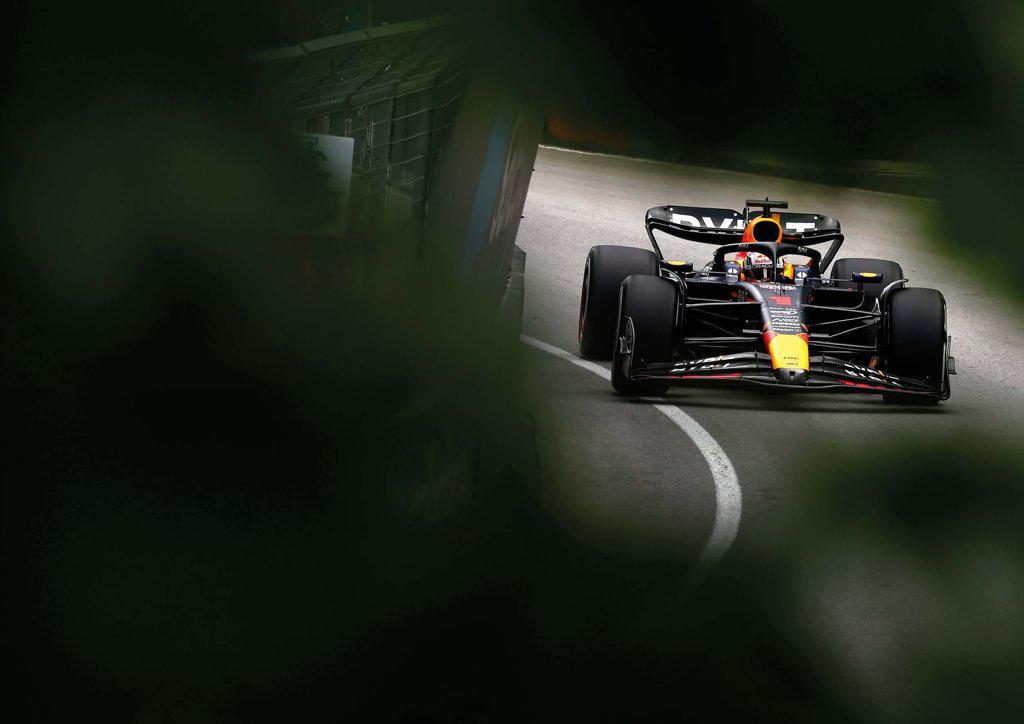
Formula 1 used to be easy: design a chassis, acquire a Cosworth DFV and Hewland transmissions, sign deals for brakes and tyres, assemble the bits and within months, or weeks, maiden grands prix beckon. That’s how McLaren, Williams, Tyrrell (now Mercedes), Jordan (Aston Martin) and Stewart (Red Bull) started out – exactly 50 per cent of the current grid.
However, as turbochargers, hybrids and brake-by-wire systems were adopted, so power units (PU) became increasingly complex. Add in costs and time scales for development of PUs, coupled with zero prize monies and a kick up the exhaust pipe from customer teams and drivers when things go awry, and it is little wonder the PU suppliers exited one by one after Formula 1’s heyday of seven during the mid-2000s.
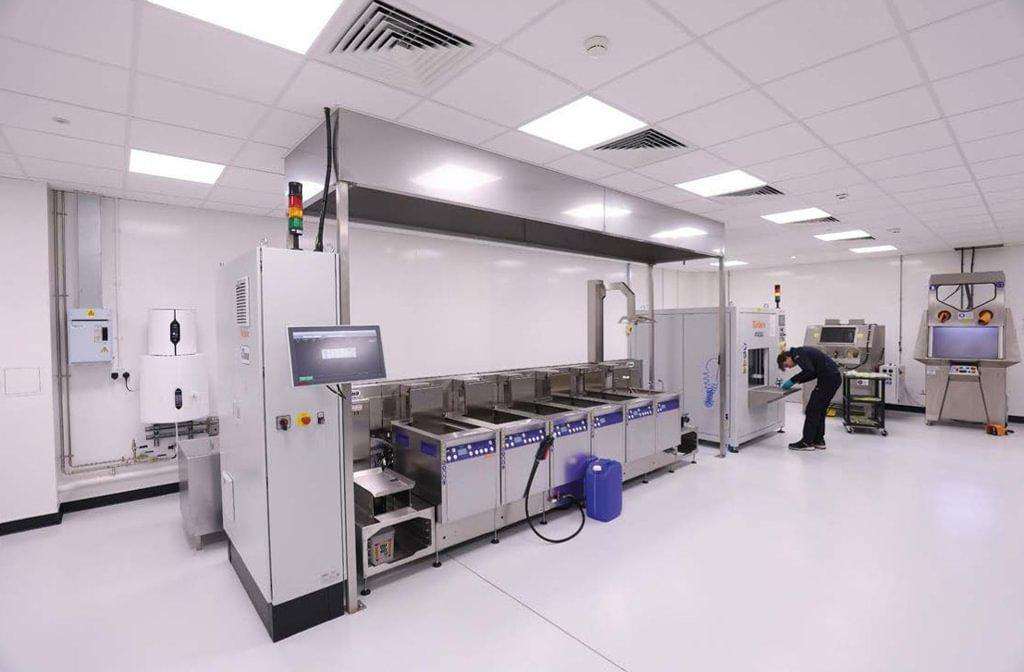
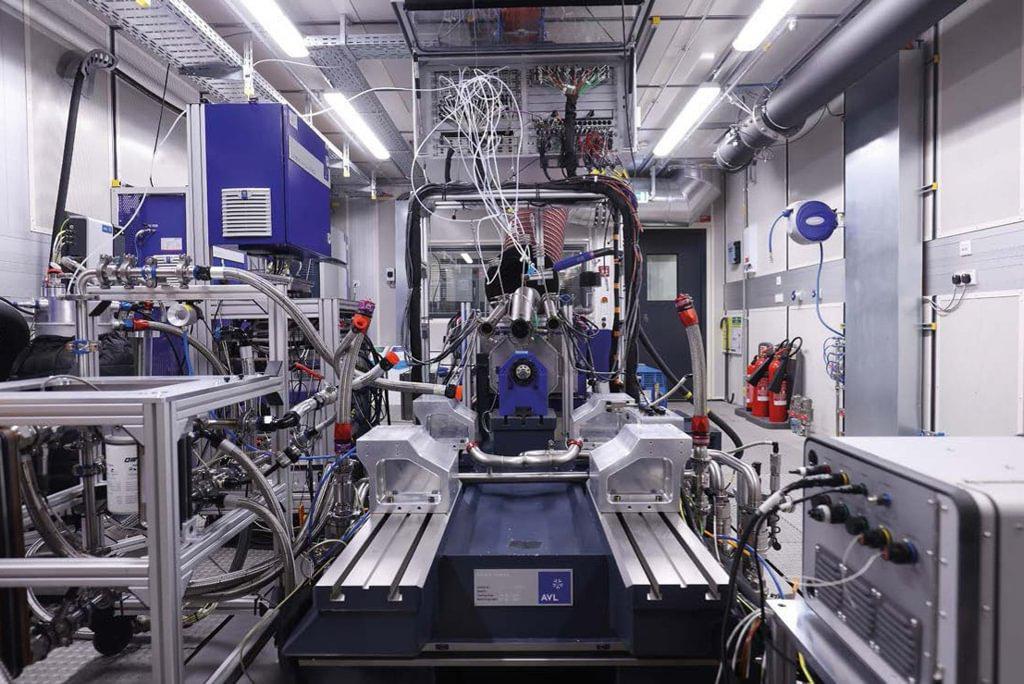
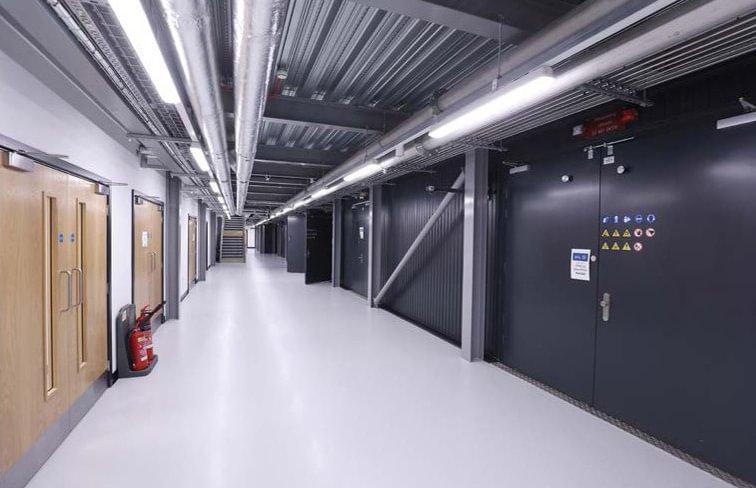
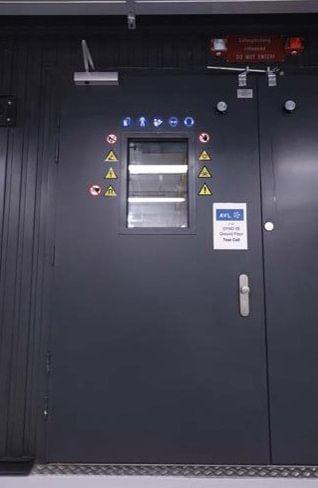
RBPT’s ICE and hybrid divisions are largely separate units operating under the same roof, albeit overseen by [technical director, Ben] Hodgkinson
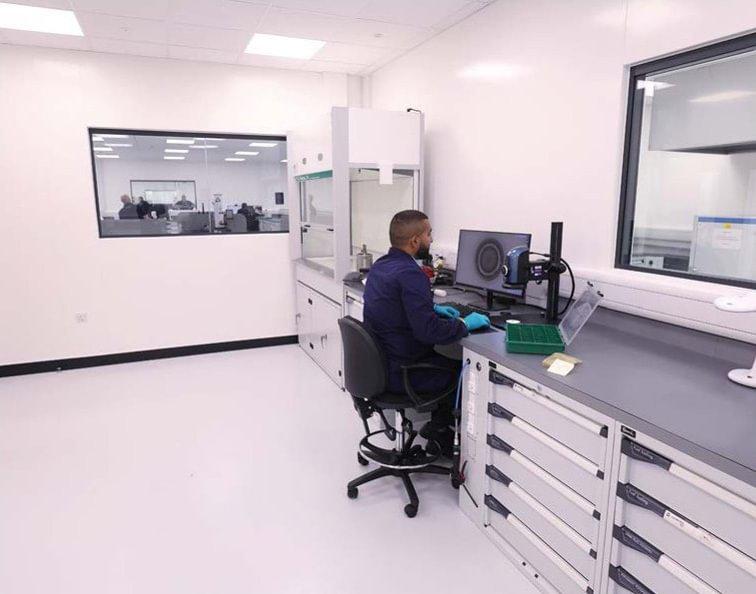
Tellingly, not a single engine supplier has joined F1 this millennium, yet five new teams entered the series in the same timeframe. Crucially, just one of that quintet, namely Haas, remains alive today, thanks in no small part to its unique Ferrari powertrain, and component-sharing business model, as detailed in RE V32N12.
All that is about to change, though, with the impending arrivals of Audi and Red Bull Powertrains (RBPT), the former operating out of effectively a re-purposed WEC / Formula E / Dakar PU complex at its Neuburg base.
RBPT, on the other hand, is a start-up in every sense of the word, based in a warehouse within the Red Bull Racing